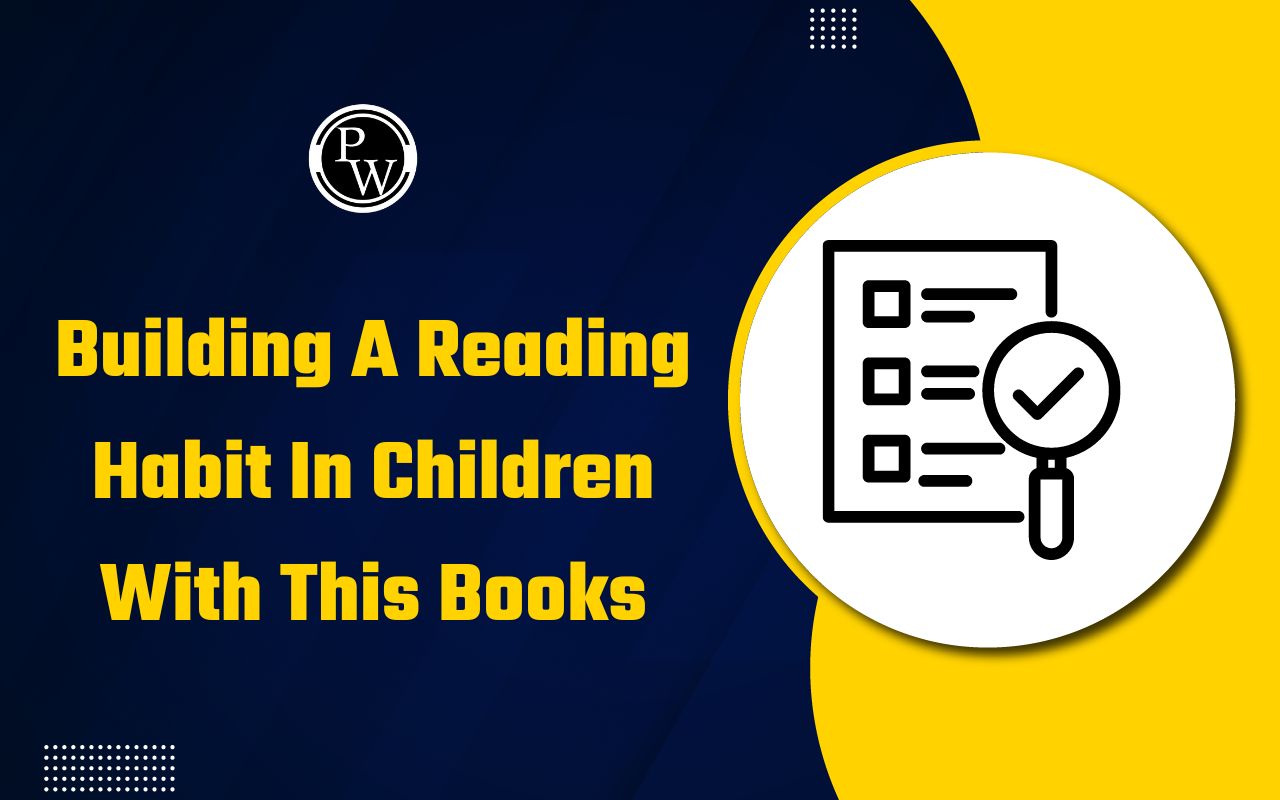Top10 8th Grade Science Fair Projects & Ideas

Science Project Ideas for Class 8:- Taking part in a science project for class 8 is a fantastic way for students to explore and learn about scientific concepts. These projects encourage creativity and help students understand important scientific ideas through hands-on activities. From investigating plant growth to discovering how electroplating works, science project ideas for class 8 working model can ignite a deep interest in science. The science project ideas for class 8 are both fun and educational, offering various ways to learn through practical experiences. Make your child’s next science project even more fun! Get Flat ₹50 off on orders above ₹399 and Flat ₹80 off on orders above ₹499. Use codes TOYSFLAT50 or TOYSFLAT80 to shop the good science kits and tools at amazing discounts. Get the science experiments for class 8 with the explanation below:-
10 Project Work for Class 8 Science
Get some amazing science experiments for class 8 with explanation below:-
1. Understanding Ignition Temperature Experimentally
Process: Gather materials like a Bunsen burner, metal wires, and various substances such as paper, wood, and metals. Set up the Bunsen burner securely on a heat-resistant surface. Take a small piece of each material and place it at a safe distance from the burner. Gradually heat the substance using the Bunsen burner and carefully observe it until it ignites. Use a thermometer to measure the temperature at which each material catches fire. Record your observations for each substance, noting the specific temperature at which ignition occurs.
Result: You will find that different materials have different ignition temperatures. For example, paper may ignite at around 230°C, while metals like copper may require significantly higher temperatures to catch fire. This science project ideas for class 8 experiment demonstrates the concept of ignition temperature and highlights how different materials react to heat.
Check out the live video of science project for class 8 experiment here:
2. Electroplating on Metals
Process: Set up a simple electroplating apparatus using a power source, two electrodes (preferably copper or silver), and a metal object you wish to plate (like a coin). Immerse both electrodes in a solution containing metal ions, such as copper sulfate. Connect the positive terminal of the power source to the anode (the electrode connected to the metal) and the negative terminal to the cathode (the object to be plated). Switch on the power and allow the process to run for about 30 minutes to 1 hour, checking occasionally to see the progress.
Result: After the specified time, you will observe a shiny layer of metal forming on the object. The thickness of the plating can be measured and compared to the time the power was on. This science project class 8 experiment illustrates the principles of electrochemistry and demonstrates how electroplating can improve the appearance and durability of metal objects by providing a protective layer against corrosion.
Check out the live video of this experiment here:
Read More: Science Experiment Kit For Class 8th
3. Magnetic Force and Its Nature
Process: Collect a bar magnet, iron filings, and a piece of paper. Place the paper over the magnet and sprinkle the iron filings evenly on top. Gently tap the paper to allow the filings to settle into place. Observe how the iron filings align along the magnetic field lines, forming distinct patterns. You can also vary the distance between the magnet and the filings to see how the strength of the magnetic force changes with distance.
Result: The iron filings will create a clear visual representation of the magnetic field around the magnet, showing lines that radiate from the poles. You may notice that the filings cluster more densely near the magnet's poles, indicating a stronger magnetic force in these areas. This science project class 8 experiment effectively illustrates the concept of magnetic fields and helps students understand the nature of magnetic forces.
Check out the live video of science project for class 8 experiment here:
4. Microbial Growth in Tap Water
Process: Collect several petri dishes and pour a thin layer of agar into each dish, allowing it to solidify. Take samples of tap water and pour a few drops into each dish, spreading the water evenly across the agar. Cover the dishes and leave them in a warm, dark place for about 3-7 days, checking periodically for growth.
Result: After the incubation period, you will likely see colonies of bacteria growing on the agar surface. Different colonies may appear in various colours, shapes, and sizes, indicating the diversity of microorganisms present in the tap water. This science project for class 8 experiment highlights the presence of bacteria and other microbes in everyday water, emphasizing the importance of water quality and sanitation in public health.
Check out the live video of science experiments for class 8 with explanation here:
5. Images Formed Due to Multiple Reflection
Process: Use a plane mirror and a light source, such as a torch or a laser pointer. Position the mirror at a 45-degree angle to the light source and shine the light towards it. Observe how the light reflects off the mirror's surface. To enhance the experiment, use two mirrors set at an angle to each other to create multiple reflections.
Result: You will see multiple images formed as the light reflects back and forth between the mirrors. The science project ideas for class 8 working model number of images depends on the angle between the mirrors; smaller angles create more reflections. This experiment effectively demonstrates the principles of reflection and the behaviour of light, allowing students to visualize how light travels and interacts with surfaces.
Check out the live video of this experiment here:
Check out: Light, Shadow & Optical Instruments Project Kit for Kids
6. Flames and Its Zone
Process: Set up a Bunsen burner and adjust it to produce a steady flame. Use a metal wire or a thermometer to measure the temperature in different areas of the flame. Carefully hold the wire at various positions in the flame, such as at the base, middle, and top, while observing changes in colour and temperature. You can also try using different materials to see how they change colour when placed in different zones of the flame.
Result: You will observe distinct zones in the flame. The inner zone (the blue part) is the hottest, while the outer zone (the yellow part) is cooler and less efficient for burning. The colours indicate different temperatures and combustion levels, showcasing how flames are structured and how different substances react to heat. This science experiments for class 8 experiment helps students understand the science behind flames and combustion.
Check out the live video of science experiments for class 8 with explanation here:
7. Combustible and Non-Combustible Substances
Process: Gather a selection of materials, including wood, paper, plastic, and glass. Set up a safe workspace and use a lighter or a match to test each material. Try to ignite combustible substances like wood and paper first, noting how quickly they catch fire. Then attempt to ignite non-combustible materials like glass and observe the results.
Result: Combustible materials like paper and wood will ignite easily, while non-combustible materials like glass will not burn at all. This project work for class 8 science experiment clearly distinguishes between combustible and non-combustible substances, demonstrating the characteristics of different materials in relation to fire. It also emphasizes the importance of understanding materials' properties for safety purposes.
Check out the live video of this experiment here:
8. Oxygen - A Supporter of Combustion
Process: Prepare two glass jars and fill one with pure oxygen and the other with carbon dioxide. Light a candle and place it in the jar filled with oxygen. Observe the flame and note how it behaves. Then, carefully transfer the candle to the jar filled with carbon dioxide and observe the difference in the flame’s behaviour.
Result: The candle will burn brightly and steadily in the oxygen-filled jar, demonstrating how oxygen supports combustion. In contrast, when placed in the carbon dioxide jar, the candle flame will extinguish quickly. This science project topics for class 8 experiment illustrates the essential role of oxygen in the combustion process and helps students understand why certain gases are necessary for burning.
Check out the live video of science experiments for class 8 with explanation here:
Read More: Class 8 Science Project Ideas: Explore & Learn
9. Measuring the Pressure Exerted by Liquids at Different Heights
Process: Use a tall container filled with water and a pressure gauge or a tube connected to a manometer. Immerse the gauge at various heights in the water and record the pressure readings at each level. You can mark the height levels on the container for accuracy.
Result: As you measure the pressure at different depths, you will find that the pressure increases with depth due to the weight of the water above. This science experiments for class 8 experiment provides a clear demonstration of hydrostatic pressure and the relationship between liquid height and pressure, helping students grasp these fundamental concepts in fluid mechanics.
Check out the live video of science project for class 8 experiment here:
10. Observing Friction Force & The Factors Affecting It
Process: Set up a flat surface and gather different materials such as rubber, wood, and plastic. Use a spring scale to measure the force required to pull each material across the surface. For consistency, ensure you pull each material at the same speed and angle. Record the measurements for each material.
Result: You will notice varying amounts of force required to move each material, indicating that different surfaces produce different levels of friction. For example, rubber may create more friction than plastic. This science project topics for class 8 experiment helps students understand the factors affecting friction, such as surface texture and material composition, and the practical implications of friction in everyday life.
Check out the live video of this experiment here:
Class 8 Science Projects FAQs
1. What types of projects are suitable for Class 8 students?
-
Suitable projects include experiments related to physics, chemistry, and biology, such as understanding ignition temperature, electroplating, microbial growth, and measuring pressure in liquids.
2. How can I choose a science project that interests me?
-
Consider your interests in science topics, explore the syllabus for ideas, and think about projects that can be done with the materials available to you. Choosing a topic you are curious about will make the project more enjoyable.
3. Are there any specific safety precautions I should take?
-
Yes, always wear safety gear like goggles and gloves when handling chemicals or conducting experiments that involve heat. Follow all safety instructions and ensure adult supervision if necessary.
4. How do I record my observations during an experiment?
-
Use a notebook to jot down your observations, including measurements, changes you notice, and any unexpected results. Include diagrams or photos if applicable to illustrate your findings.
5. What is the significance of understanding ignition temperature?
-
Understanding ignition temperature helps students learn about combustion and fire safety. It demonstrates how different materials ignite and the conditions required for combustion to occur.










